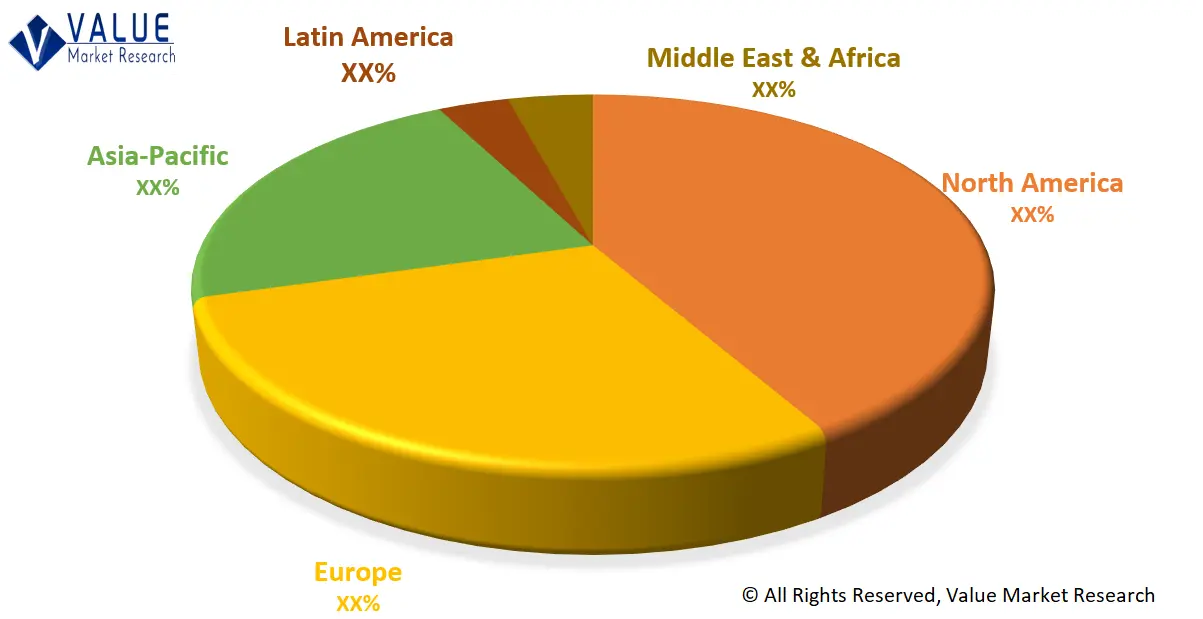The global demand for Aquaculture Market is presumed to reach the valuation of nearly USD XX MN by 2028 from USD XX MN in 2021 with a CAGR of XX% during the period of 2022-2028.
Aquaculture or aquafarming is the process involving breeding, rearing and harvesting of different freshwater and seawater animals under the controlled and un-controlled conditions. It includes farming or cultivation of different species of fishes, molluscs, algae, seaweeds, crustaceans and other marine animals. The aquaculture is carried out with the purpose for obtaining aquatic animals for food production, rebuilding the endangered species, habitat restoration and for recreational purpose in the zoos and aquariums.
Market Dynamics
The aquaculture has witnessed rapid and remarkable growth in past few years owing to more efficient and viable method for seafood production. According to National Oceanic and Atmospheric Administration, half of the seafood produced for human consumption worldwide comes through aquafarming. Increasing demand for seafood production alternative due to depletion of the natural sources by overfishing coupled with rising demand for sea food is creating immense demand for aquaculture. Growing demand for animal protein owing to increasing count of health conscious population is promoting the demand for seafood. This, in turn, favors the demand for aquaculture.
The report covers Porter's Five Forces Model, Market Attractiveness Analysis and Value Chain analysis. These tools help to get a clear picture of the industry's structure and evaluate the competition attractiveness at a global level.
Additionally, these tools also give inclusive assessment of each application/product segment in the global market of aquaculture.
Market Segmentation
The entire aquaculture market has been sub-categorized into culture environment and product. The report provides an analysis of these subsets with respect to the geographical segmentation. This research study will keep marketer informed and helps to identify the target demographics for a product or service.
By Culture Environment
- Fresh water
- Marine water
- Brackish water
By Product
- Carps
- Crustaceans
- Mackrel
- Milkfish
- Mollusks
- Salmon
- Sea bass
- Sea bream
- Trout
- Other species
Regional Analysis
This section covers regional segmentation which accentuates on current and future demand for aquaculture market across North America, Europe, Asia-Pacific, Latin America, and Middle East & Africa. Further, the report focuses on demand for individual application segment across all the prominent regions.
Global Aquaculture Market Share by Region (Representative Graph)

The research report also covers the comprehensive profiles of the key players in the market and an in-depth view of the competitive landscape worldwide. The major players in the aquaculture market include Blue Ridge Aquaculture, Cermaq ASA, Cooke Aquaculture Inc., Eastern Fish Co., Huon Aquaculture Group Pty Ltd., International Fish Farming Co. – Asmak, RoyMarine Harvest ASA, Nireus Aquaculture S.A, Promarisco, Selonda Aqauculture S.A., Stehr Group Pty Ltd., Stolt Sea Farm, Tassal Group Ltd. and Thai Union Frozen Products Public Company Ltd. This section includes a holistic view of the competitive landscape that includes various strategic developments such as key mergers & acquisitions, future capacities, partnerships, financial overviews, collaborations, new product developments, new product launches, and other developments.
In case you have any custom requirements, do write to us. Our research team can offer a customized report as per your need.

